Robert Lea is a science journalist in the U.K. whose articles have been published in Physics World, New Scientist, Astronomy Magazine, All About Space, Newsweek and ZME Science. He also writes about science communication for Elsevier and the European Journal of Physics. Rob holds a bachelor of science degree in physics and astronomy from the U.K.
Densely packed stars and glowing gas in the massive star-forming region NGC346 in the Small Magellanic CloudFor the first time, astronomers have detected the magnetic fields of massive, blazingly hot stars outside our galaxy. They're stars that actually live in our galactic companions, the Large Magellanic Cloud and the Small Magellanic Cloud . Magnetism is a vital factor in the evolution of massive stars, and can also determine how they will end their lives.
To detect the smallest changes in starlight, spectropolarimetry depends on a high level of accuracy in polarization measurements, which requires high-quality data. There are also other challenges associated with performing spectropolarimetry beyond the Milky Way. The magnetic field measured for circular polarization is called a"longitudinal magnetic field," and it points in the direction of the observer. Almost like light from a lighthouse, the beam is easiest to see when pointed directly at an observer, and the longitudinal magnetic field is the easiest component of a magnetic field to see.
United States Latest News, United States Headlines
Similar News:You can also read news stories similar to this one that we have collected from other news sources.
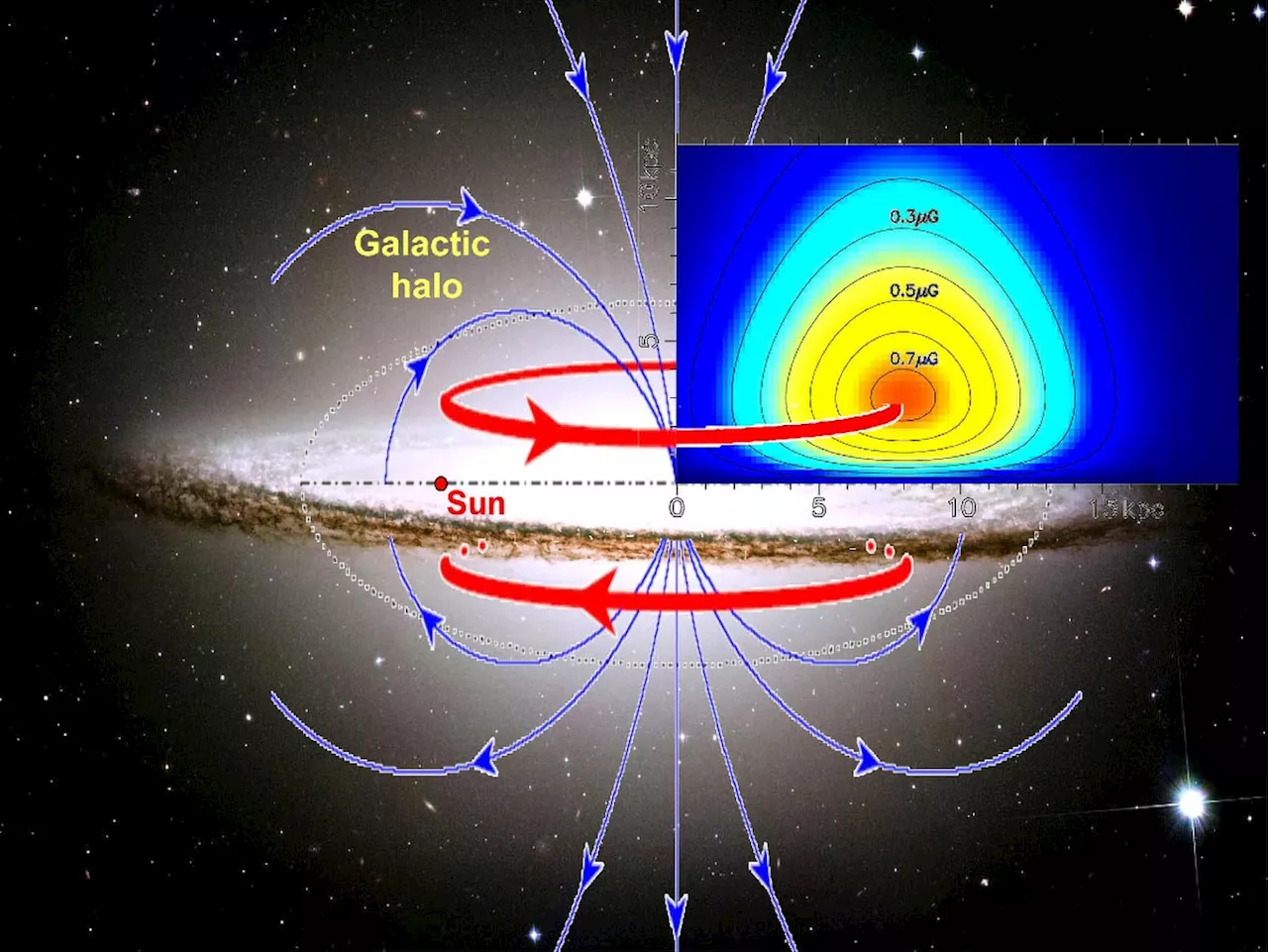 Galactic Rings of Power: Astronomers Uncover Massive Magnetic Toroids in the Milky Way HaloScience, Space and Technology News 2024
Galactic Rings of Power: Astronomers Uncover Massive Magnetic Toroids in the Milky Way HaloScience, Space and Technology News 2024
Read more »
 Massive US Offshore Wind Logjam To Be Un-Jammed By Massive BoatThe US offshore wind industry is finally getting a shot of adrenaline from a gigantic new made-in-the-USA offshore services vessel.
Massive US Offshore Wind Logjam To Be Un-Jammed By Massive BoatThe US offshore wind industry is finally getting a shot of adrenaline from a gigantic new made-in-the-USA offshore services vessel.
Read more »
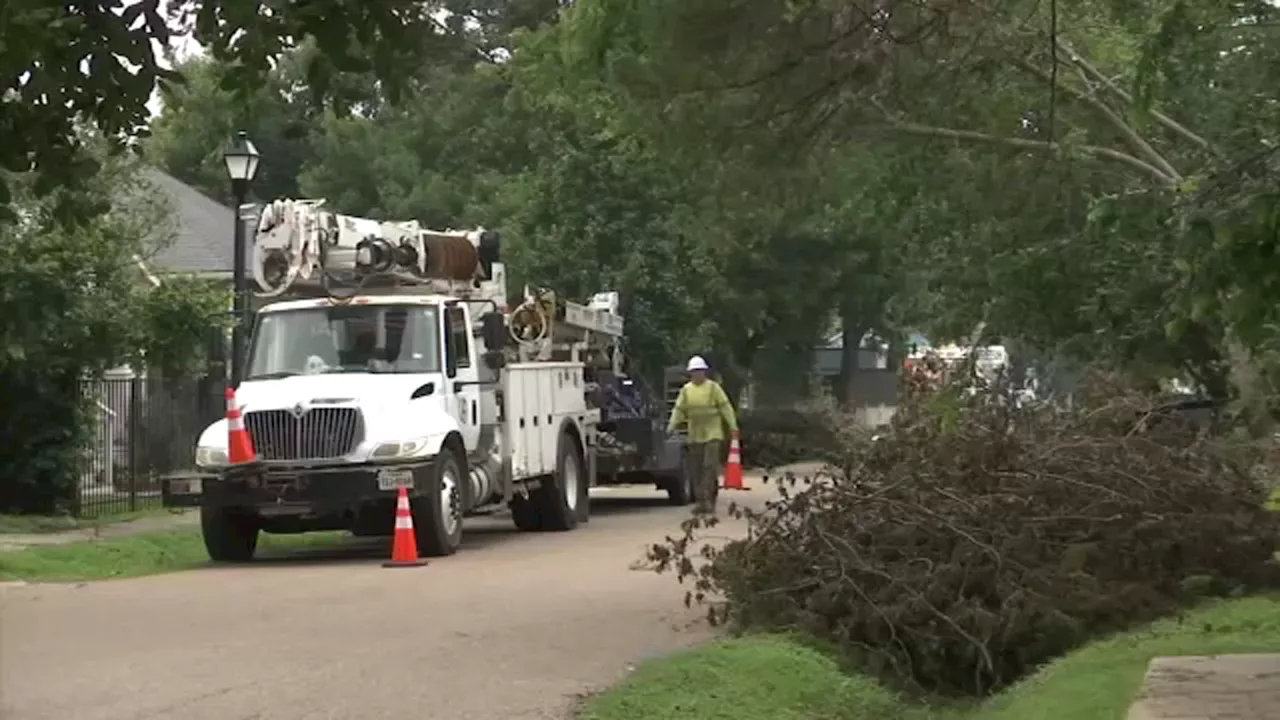 Massive restoration means a massive cost, and energy experts said customers may see an increaseWith thousands of Houstonians still without power, ABC13 is getting a clearer picture of what the outages are costing us all.
Massive restoration means a massive cost, and energy experts said customers may see an increaseWith thousands of Houstonians still without power, ABC13 is getting a clearer picture of what the outages are costing us all.
Read more »
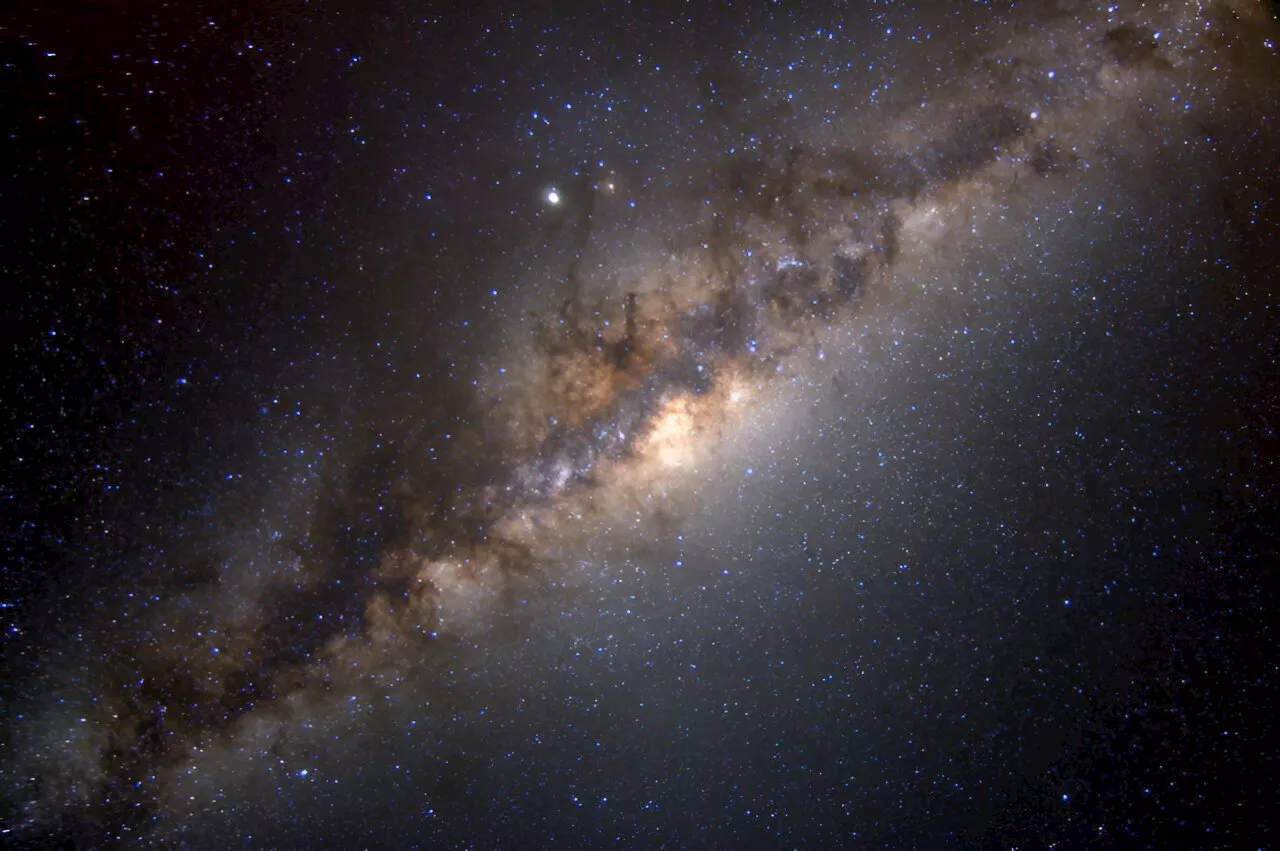 Three stars circling the Milky Way's halo formed 12 to 13 billion years agoMIT researchers, including several undergraduate students, have discovered three of the oldest stars in the universe, and they happen to live in our own galactic neighborhood.
Three stars circling the Milky Way's halo formed 12 to 13 billion years agoMIT researchers, including several undergraduate students, have discovered three of the oldest stars in the universe, and they happen to live in our own galactic neighborhood.
Read more »
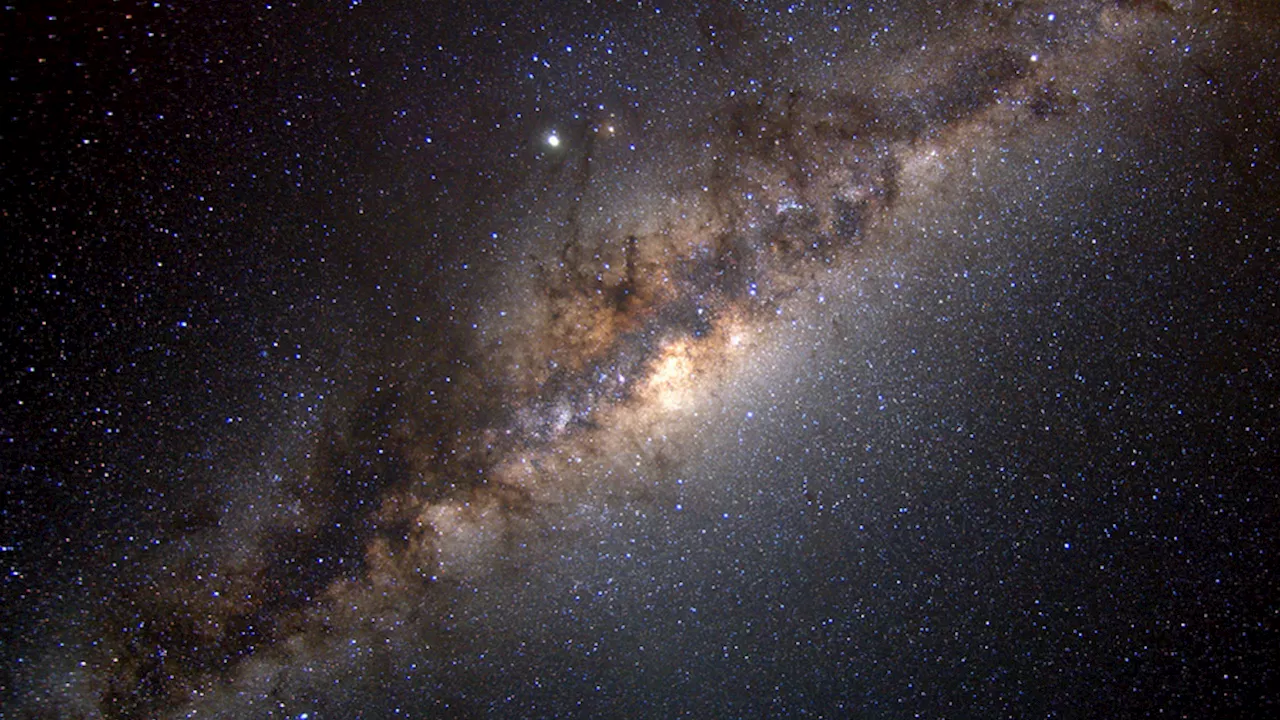 Milky Way’s halo: Scientists find oldest stars ever right under our nosesA team of MIT researchers discovered three of the oldest stars in the universe not in distant galaxies, but in the outskirts of the Milky Way.
Milky Way’s halo: Scientists find oldest stars ever right under our nosesA team of MIT researchers discovered three of the oldest stars in the universe not in distant galaxies, but in the outskirts of the Milky Way.
Read more »
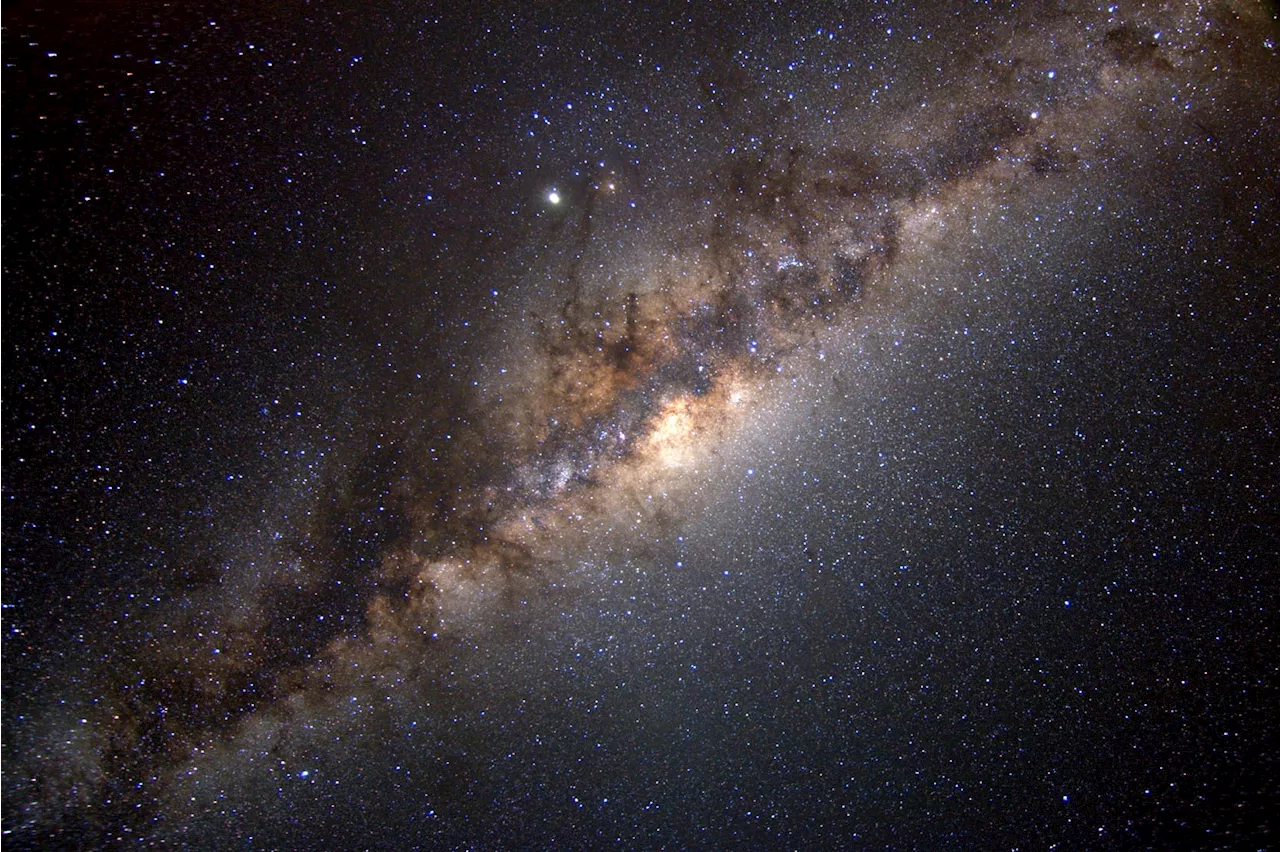 Three of the Oldest Stars in the Universe Found Circling the Milky WaySpace and astronomy news
Three of the Oldest Stars in the Universe Found Circling the Milky WaySpace and astronomy news
Read more »
